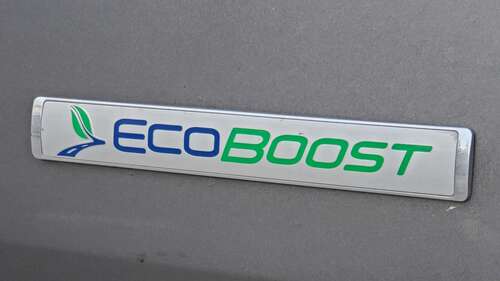
There is definitely an EcoBoost powerplant you should steer clear of unless you have a lot of powertrain warranty left. That would be the 1.0-liter, three-cylinder engine that was found in the Ford Fiesta and Ford EcoSport.
It’s not that the engine is a slacker in the performance department, either. It was well-received for offering a lot of power and relative efficiency given its size. However, the 1.0-liter’s real downfall comes from it’s overly complicated design. Engineers and mechanics from all over will tell you that adding parts and complexity reduces reliability.
The 1.0-liter uses a “wet” timing belt that’s built directly inside the engine assembly, and is lubricated by engine oil. Other timing belt mechanisms are “dry” systems that are not lubricated. The “wet” system, while perfectly fine in working conditions, becomes a total mechanical nightmare when trying to do any maintenance whatsoever — it often involves removing the engine from the car.
Additionally, tear-downs of 1.0-liter EcoBoosts have revealed that the “teeth” on the timing belt can remove themselves from the belt and clog the oiling system, causing all sorts of mayhem. The engine is too complex for its own good, especially considering the fact it’s mostly featured in economy cars, and not models that would likely be held to a rigorous (and expensive) maintenance schedule.

